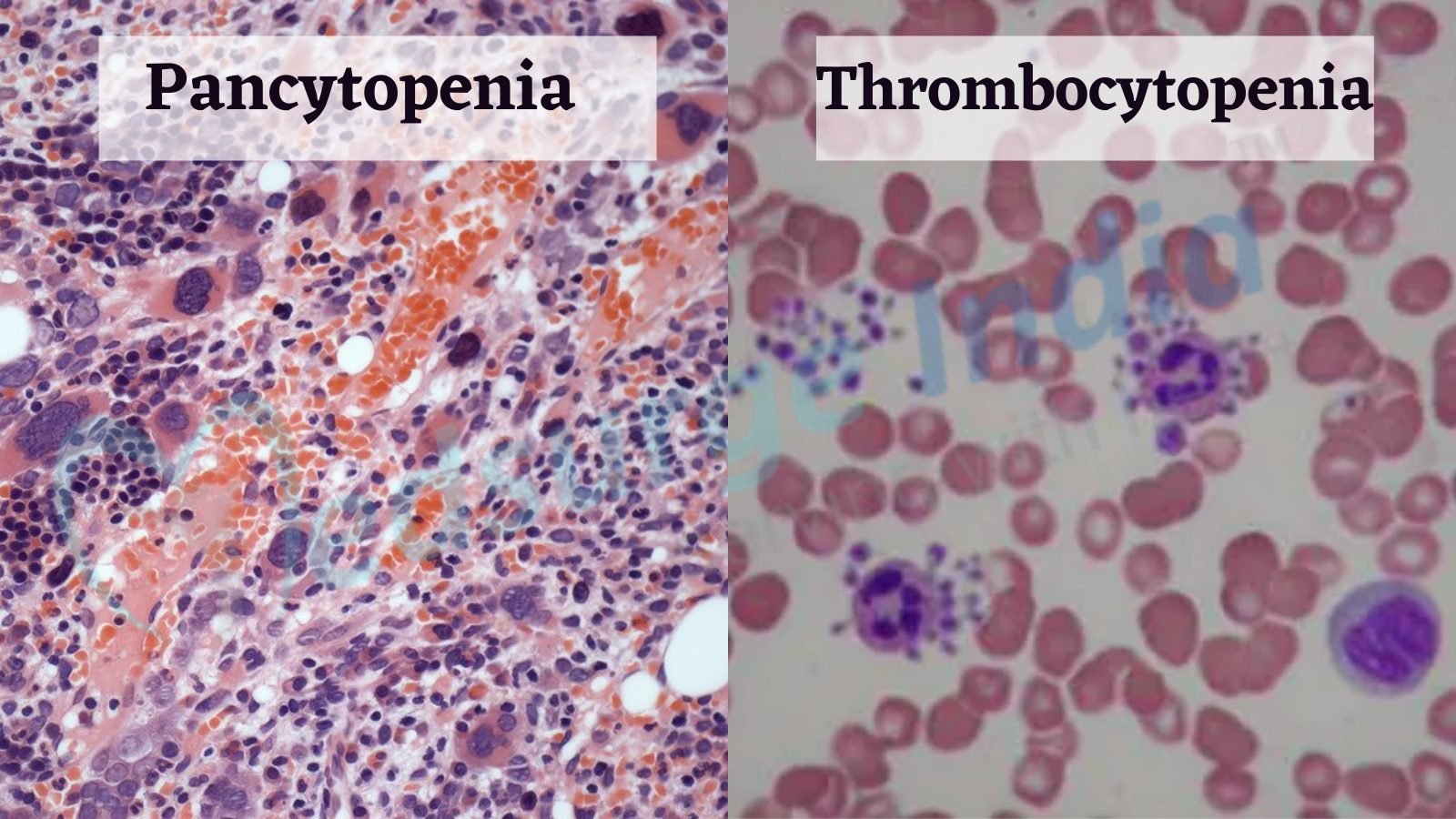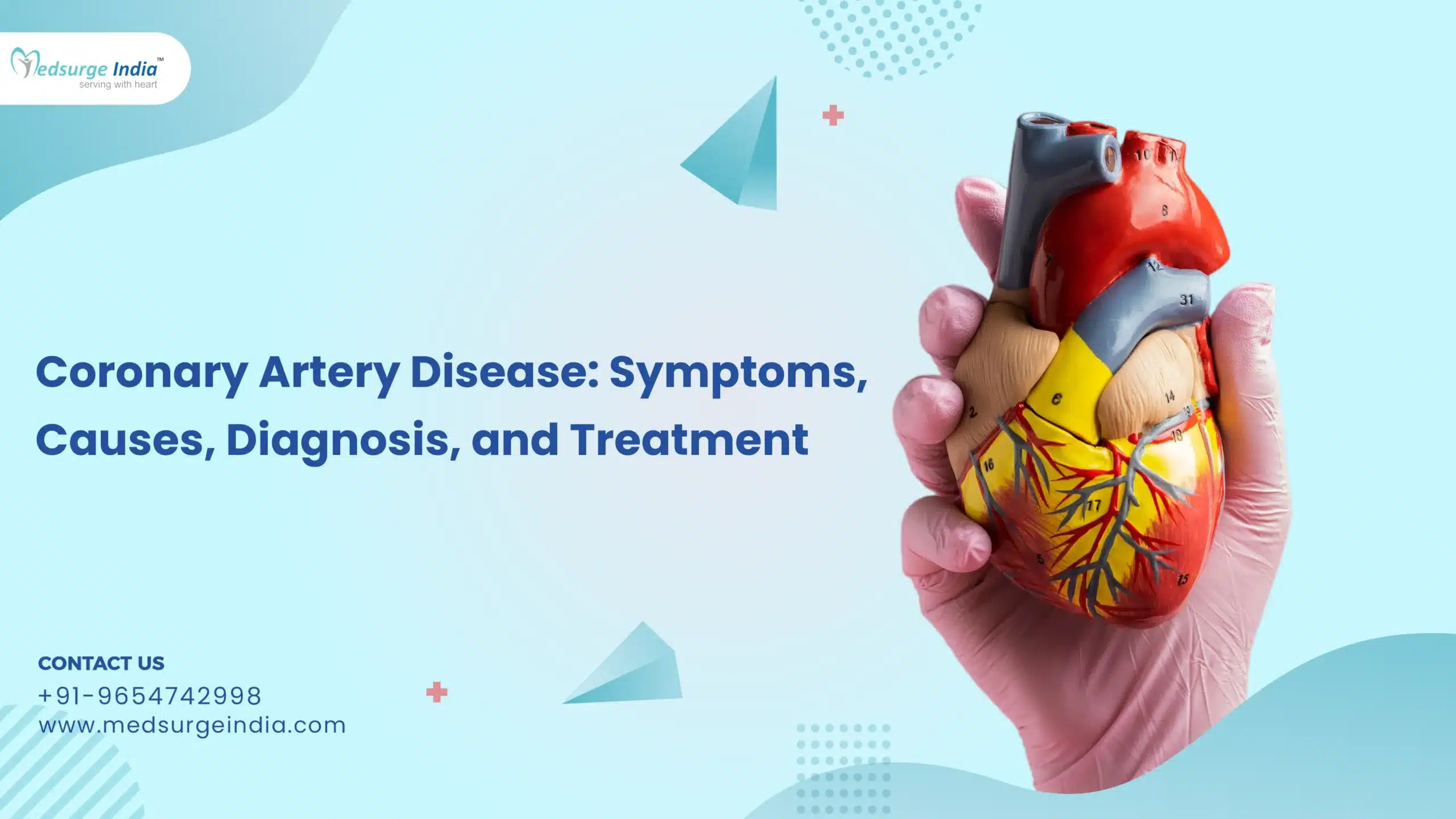
All You Need to Know About Pancytopenia
Pancytopenia is a term referring to a condition in which all types of blood cells, including red blood cells (anemia), white blood cells (leukopenia), and platelets, have the lowest proportion (thrombocytopenia).
A low amount of these cells contributes to fatigue, infections, and bruises. It is a laboratory signal that doctors measure using a blood test, not a disease. Each of these blood cell types serves a distinct purpose in the human body:
- Red Blood Cells: RBCs carry oxygen throughout the body.
- White Blood Cells: WBCs are a type of immune cell that aids in the fight against sickness.
- Platelets: These cells play the role of blood clotting in your body.
Also, Pancytopenia is dangerous because your body needs all of these blood cells in the appropriate amount. If you do not cure it, it could possibly be fatal.
Causes of Pancytopenia
Anything that interferes with the development of blood cells in the bone marrow or the availability of blood cells in the bloodstream might induce pancytopenia.
This can include pathogens damaging bone marrow, bone marrow suppression (during chemotherapy), or the replacement of bone marrow by other cells, causing disruption in blood cell production, as some tumors might do. Inflammation, infections, and autoimmune diseases all can cause blood cell destruction or suppression.
In most cases, these diseases develop later in life, although a few are inherited and present from birth.
Causes of Pancytopenia associated with a number of factors, including:
- Suppression in bone marrow induced by chemotherapy
- Other treatments, such as antibiotics and heart disease medications, can suppress the immune system.
- Infectious mononucleosis, HIV, and sepsis are all common examples of infections.
- Aplastic Anemia
- Toxins and chemical exposure, such as arsenic or benzene exposure
- Some solid tumors, including breast cancer, prostate cancer, colon cancer, stomach cancer, and melanoma, spread to the bone marrow, causing anemia and thrombocytopenia.
- Autoimmune disorders, such as lupus
- Sickness due to radiation
A problem with your bone marrow causes pancytopenia to begin. Bones have a spongy membrane in which blood cells are formed. The destruction of bone marrow can be caused by diseases or by exposure to certain medicines or substances.
If you have one of the following conditions, you are more vulnerable to developing pancytopenia:
Cancers that affect bone marrow are following:
- Multiple Myeloma
- Leukemia
- Hodgkin’s or non-Hodgkin’s Lymphoma
- Megaloblastic Anemia
- Myelodysplastic Syndromes
- Damage caused by cancer treatments such as chemotherapy or radiation therapy
- A family history of bone marrow disorders
- Liver Disease
Who is at Risk?
Pancytopenia is more likely to develop in those who have any of the underlying disorders listed above. A family history of pancytopenia, cancer, or immunodeficiencies may further raise your chances of getting this problem.
According to research studies, Pancytopenia seems to be more frequent in children and adults between the age of 30 to 40. Males are also more prone to develop it than females.
Symptoms of Pancytopenia
Mild pancytopenia is generally asymptomatic. It’s possible that your doctor detects it while performing a blood test for another reason.
Symptoms of Pancytopenia at severe stage may include:
- Bleeding
- Dizziness
- Fever
- Fatigue
- Pale Skin
- Shortness of breath
- Bleeding Gums and Nose Bleeds
- Fast Heart Rate
Diagnosis & Evaluation
A full blood count may reveal pancytopenia (CBC). A repeat CBC should be done as a first step in assessing the low levels of all cells. A peripheral blood smear is then used to examine each of the different cell types in considerable detail. If it looks like you have pancytopenia, a bone marrow biopsy is usually the following step.
In a bone marrow aspiration and biopsy, hematopoietic stem cells (cells that transform into all types of blood cells), blood cells in various stages of maturation, and the supplies applied to make blood cells, such as iron and vitamin B12, are all examined.
Smears of peripheral blood can also be created by spreading some blood on a slide and examining it under a microscope.
Additional testing may be required to determine the underlying cause of pancytopenia. The following are examples of such tests:
- Tests for Nutritional Deficiency
- Test for HIV, Hepatitis C or other Viruses
- Autoimmunity Test
Pancytopenia Treatment in India
The pancytopenia treatment is determined by the underlying cause. It may necessarily involve:
- Inadequacies in the diet are addressed
- By stopping drugs
- HIV and TB infections are being treated
- autoimmune disease management
- Cancer treatment
- Bone marrow transplantation
- Using prescription drugs
If a person’s blood counts are severely low or they exhibit severe symptoms associated with pancytopenia, a doctor may recommend a transfusion of red blood cells or platelets.
If a person’s white cell count is extremely low, doctors may prescribe broad-spectrum antibiotics to help reduce the risk of infection. Because of the danger of sepsis-related death, they recommend this course of treatment for persons with an absolute neutrophil count of less than 500 per ml of a trusted source.
When bone marrow production is impaired, the doctor prescribes medications to enhance bone marrow production or suppress the immune system.
Pancytopenia may develop in some cases, according to medical experts. It could happen, for example, if a person has cancer and is receiving chemotherapy, which can kill healthy cell types as well. If a doctor anticipates this, pancytopenia may not be treated unless the patient exhibits serious symptoms.
Pancytopenia vs Thrombocytopenia

There are several diseases that can lead to pancytopenias, such as cancer, lupus, and bone marrow problems.
Thrombocytopenia is a condition in which your blood platelet count is abnormally low. Platelets (thrombocytes) are colorless blood cells that aid in the clotting process. Platelets aggregate together and form plugs in blood vessels to halt bleeding.
A bone marrow issue, such as leukemia, or an immune system problem can cause thrombocytopenia. It could also be an adverse effect of some drugs. Children and adults both are affected.
Complications
To live and fight infections, a person requires a sufficient number of blood cells. Individuals who do not create enough blood cells may have severe symptoms that can lead to life-threatening consequences, such as:
- A higher chance of infection
- Severe Anemia, life-threatening condition.
- Bleeding
Anyone who has a fever will need broad-spectrum antibiotics and antifungals, as well as additional tests to determine which bacteria are causing the infection.
Severe anemia may require infusions of packed red blood cells and platelets as a form of support.
Tumor lysis syndrome, a metabolic abnormality, is another consequence. It affects persons who are undergoing chemotherapy for diseases such as high-grade lymphoma and acute leukemia. If chemotherapy is a fault, doctors can do treatment of pancytopenia by halting the treatment.
Pancytopenia caused by viral infections usually has a fair prognosis and does not require further treatment.
Conclusion
During pancytopenia, red blood cells, white blood cells, and platelets are reduced in the blood. This can occur if the bone marrow stops producing as many blood cells as it usually does, or if another condition destroys blood cells.
Anyone experiencing symptoms that could indicate pancytopenia should consult a doctor. Significant symptoms, such as loss of consciousness, anxiety, or severe bleeding, should be treated immediately.












